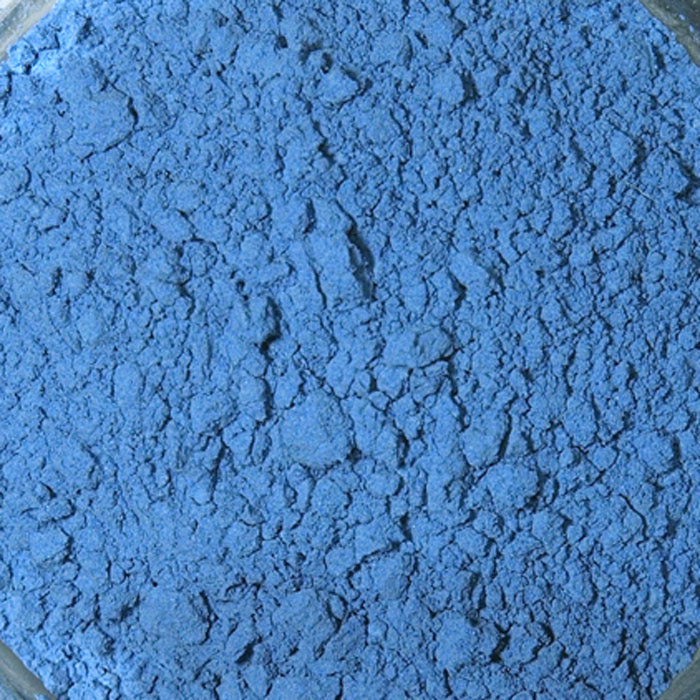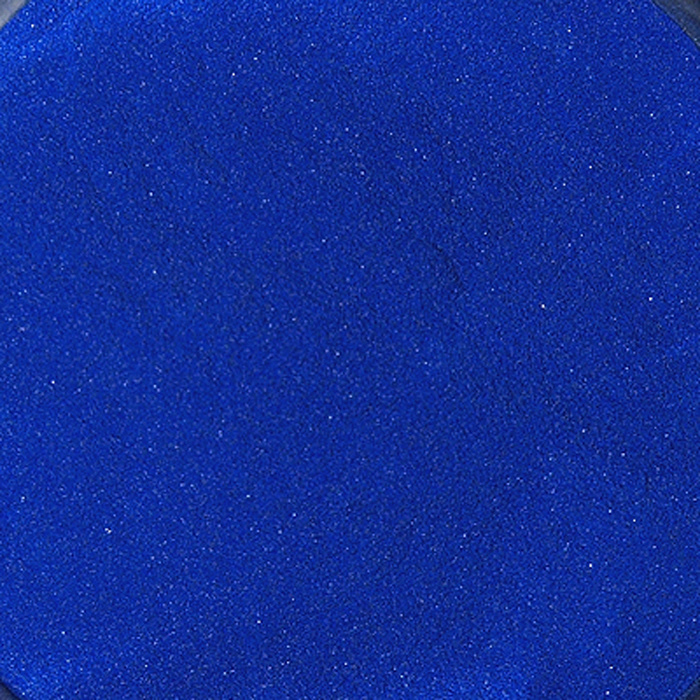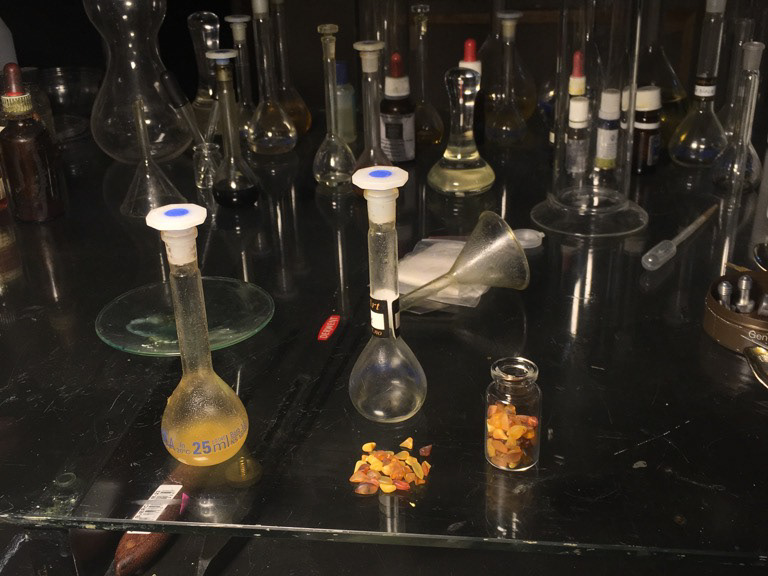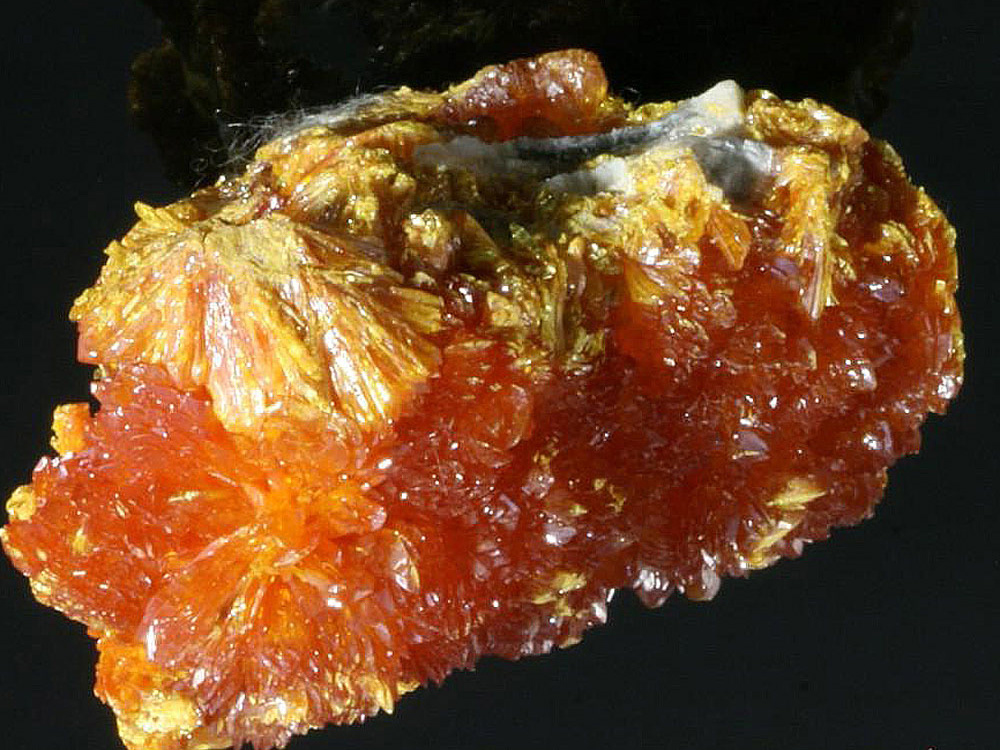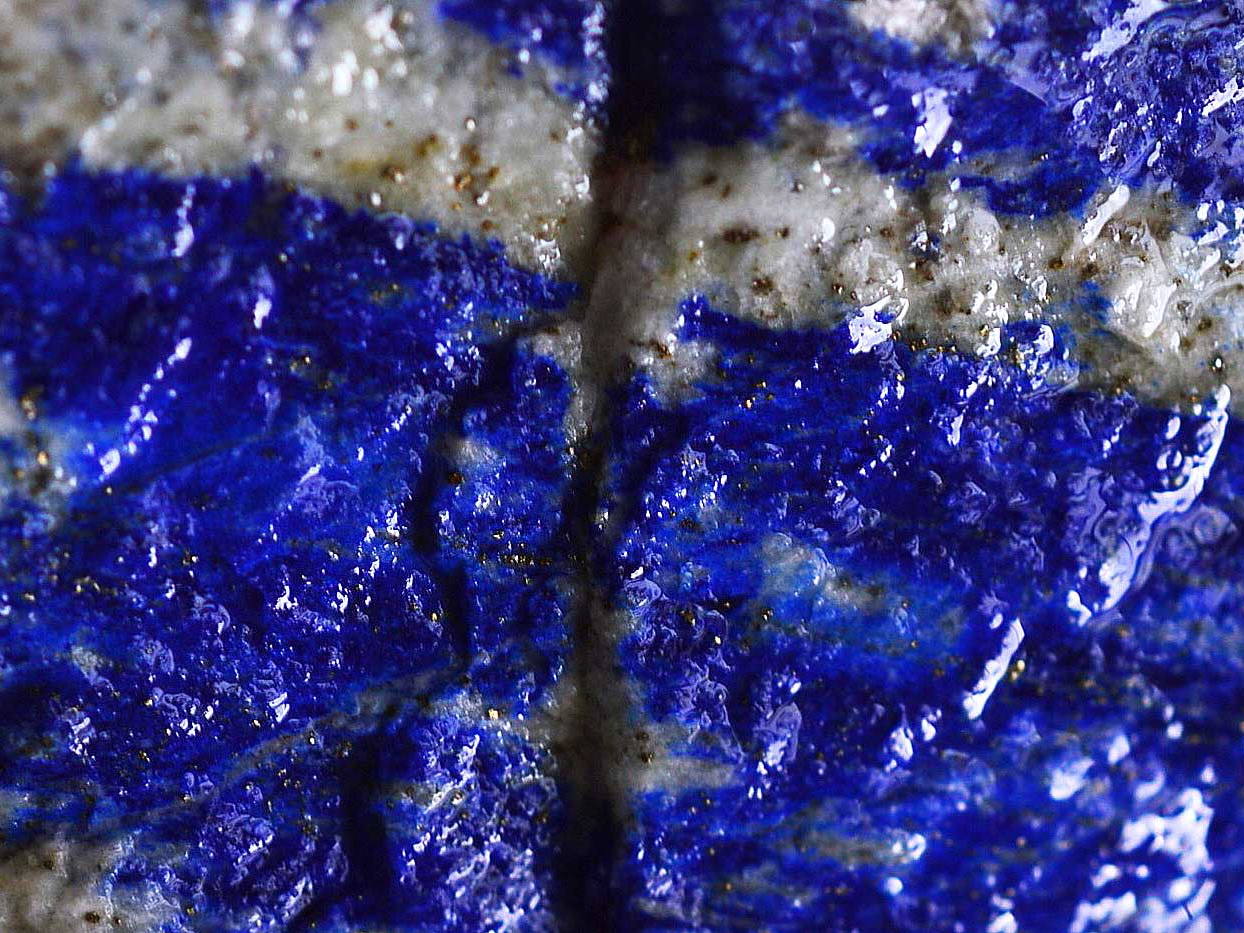Azurite Pigment: High-purity azurite finely ground into a powder and ready for use as a pigment. Azurite has been used as a pigment for thousands of years. Today, synthetic pigments are used more than natural pigments. They are lower in cost and standardized in their properties.
Azurite Pigments
Azurite was ground and used as a pigment in blue paint as early as ancient Egypt. Through time, its use became much more common. During the Middle Ages and Renaissance, it was the most important blue pigment used in Europe. Much of the azurite used to make the pigment was mined in France.
Making pigment from azurite was costly. During the Middle Ages it was difficult to mine, transportation was slow, and grinding and processing were slow and difficult. Azurite pigment was gradually replaced, starting in the 18th century, when man-made pigments such as "Prussian blue" and "blue verditer" were invented. These synthetic pigments are standardized products with uniform properties. That makes them predictable in their use. They are also less costly to produce.
Many paintings done during the Middle Ages, before azurite was replaced with Prussian blue, show deterioration of the blue color. Over time and exposure to the atmosphere and light, azurite slowly weathers to malachite. Much of the blue azurite pigment used during the Middle Ages now shows obvious signs of green malachite as a weathering product. This is another reason why man-made pigments are now used instead of azurite. Azurite pigment and paints are still available today and are easy to find. But they are mainly used by painters who want to employ historical methods in their work.
Paint layer of Lead White and Azurite.
Paint layer of Azurite pigment.
